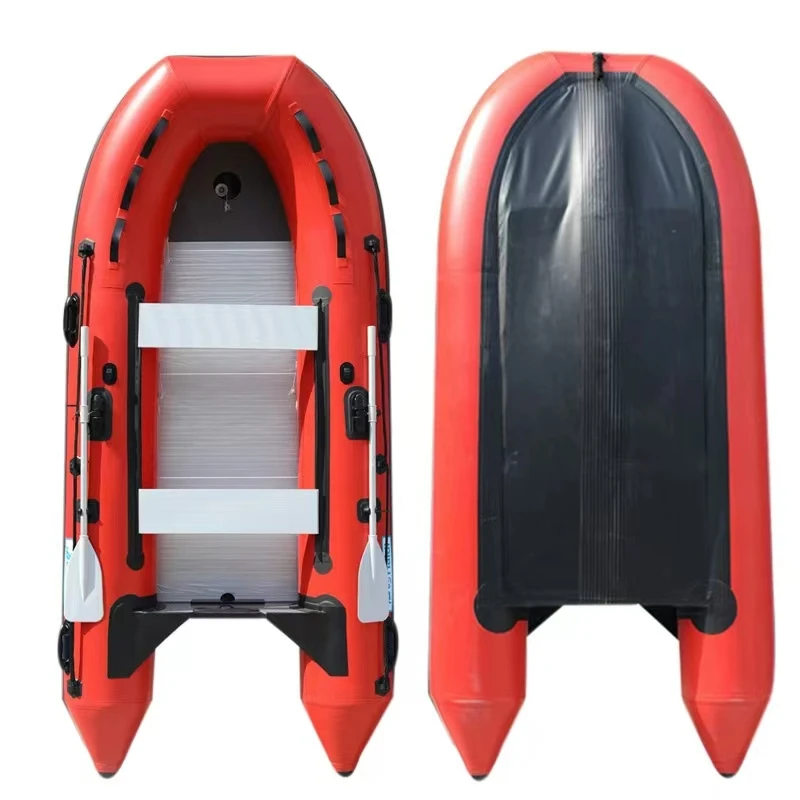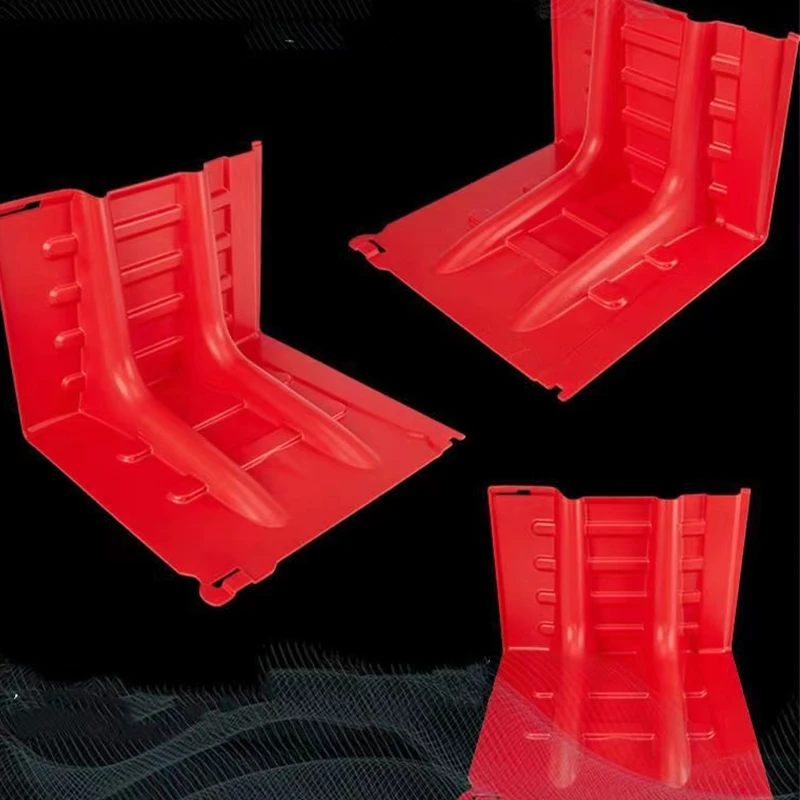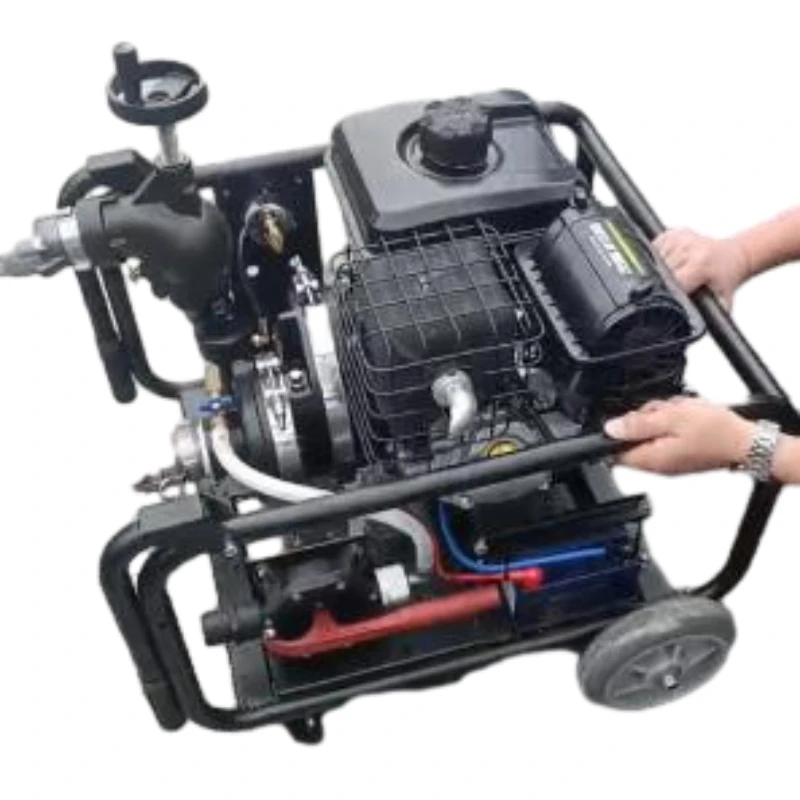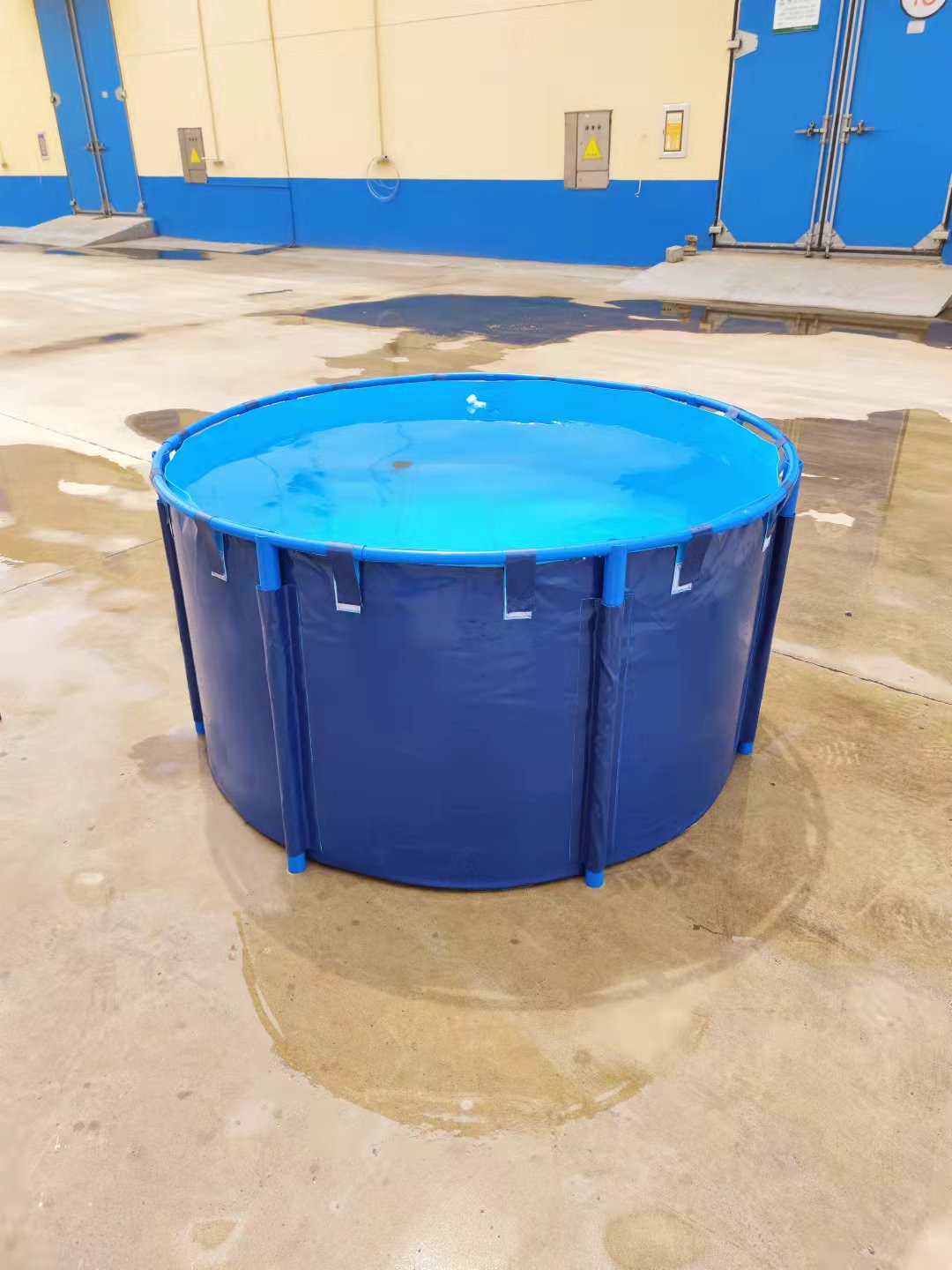Industry Trends in Portable Fire Suppression Systems
The global market for fire safety equipment is undergoing significant evolution, driven by advancements in materials science, automation, and IoT integration. A key segment experiencing robust growth is that of portable fire suppression solutions, particularly the Mini Portable Fire Pump. This demand is fueled by increasing regulatory mandates for immediate response capabilities, expansion of industrial infrastructure in remote or challenging terrains, and the growing emphasis on asset protection in high-risk environments. We observe a clear trend towards lighter, more powerful, and exceptionally reliable pumping systems capable of rapid deployment.
Emerging trends include the integration of smart monitoring features, enhanced fuel efficiency, and the development of pumps capable of handling a wider array of extinguishing agents beyond just water. Miniaturization, without compromising performance, remains a paramount engineering objective, addressing logistical challenges in rapid response scenarios. Furthermore, the industry is seeing a shift towards modular designs, allowing for easier maintenance, upgrades, and customization to specific operational demands across various sectors like oil & gas, forestry, marine, and urban emergency services. The emphasis on sustainability also drives innovations in engine technology, aiming for lower emissions and reduced operational footprints.
Manufacturing Process of High-Performance Portable Fire Pumps
The production of a high-performance Mini Portable Fire Pump involves a meticulously controlled multi-stage process, ensuring durability, efficiency, and adherence to stringent international standards. Our commitment to quality begins at the material selection phase and extends through advanced manufacturing techniques to rigorous testing protocols.
Process Flow Diagram:
1. Material Selection & Procurement
Utilizing high-grade corrosion-resistant alloys (e.g., marine-grade aluminum, stainless steel 316L) for pump housing and impellers, and robust engineering plastics for non-critical components. Engine components sourced from reputable global manufacturers adhering to emissions standards (e.g., EPA Tier 4).
2. Component Manufacturing (Casting & CNC Machining)
Pump casings are produced via precision sand or investment casting techniques for optimal structural integrity. Critical components like impellers, shafts, and volutes undergo multi-axis CNC machining to achieve micron-level tolerances, ensuring hydraulic efficiency and minimal vibration. All machining processes are monitored for dimensional accuracy and surface finish.
3. Engine Integration & Assembly
Careful integration of the combustion engine (gasoline or diesel) with the pump unit. This involves precision alignment, secure mounting, and connection of fuel lines, exhaust systems, and control panels. All seals and gaskets are installed using torque-controlled tools to prevent leaks and ensure long-term reliability.
4. Painting & Surface Treatment
Application of multi-layer industrial-grade coatings (e.g., powder coating, marine epoxy paints) for enhanced corrosion resistance, UV protection, and aesthetics. This process includes pre-treatment (degreasing, phosphating) for optimal paint adhesion, crucial for extending service life in harsh environments.
5. Quality Control & Performance Testing
Each unit undergoes extensive performance testing according to international standards such as ISO 9001, ANSI/UL 2775, and NFPA 1901 for fire pumps. Tests include: flow rate at various pressures, cavitation resistance, fuel consumption, vibration analysis, noise levels, and a continuous run test. Operational parameters are logged and compared against design specifications. Hydrostatic pressure testing of pump casings ensures integrity up to 150% of maximum operating pressure.
6. Packaging & Dispatch
Units are securely packaged in durable, environmentally friendly materials, suitable for international shipping, protecting against transit damage and environmental exposure. Comprehensive documentation, including user manuals, maintenance guides, and test certificates, accompanies each pump.
Our FFW-MPFP series units are engineered for an exceptional service life of 10-15 years under regular maintenance conditions, demonstrating superior energy saving capabilities through optimized hydraulic design and high-efficiency engines (up to 20% better fuel economy than older models). The extensive use of corrosion-resistant materials ensures reliable operation even in challenging environments like petrochemical plants, marine vessels, and remote water supply & drainage systems.
Technical Specifications and Parameters of Compact Fire Pumps
Understanding the precise technical parameters is crucial for selecting the appropriate Mini Portable Fire Pump for demanding applications. Our pumps are designed with a focus on optimal power-to-weight ratio, hydraulic efficiency, and robust construction.

Typical Product Specification Table
| Parameter | Specification (Model FFW-MPFP-250) |
|---|---|
| Engine Type | 4-stroke, Air-cooled, Gasoline/Diesel |
| Engine Power Output | 9.0 HP (6.7 kW) |
| Max Flow Rate | 750 Liters/Minute (198 GPM) |
| Max Head (Pressure) | 85 Meters (121 PSI) |
| Suction Lift | Up to 7.5 Meters (24.6 ft) |
| Inlet/Outlet Diameter | 65 mm (2.5 inches) / 3 x 38mm (1.5 inches) |
| Fuel Tank Capacity | 3.6 Liters (0.95 Gallons) |
| Continuous Operating Time (Full Load) | Approx. 2.5 - 3.0 Hours |
| Weight (Dry) | 58 kg (128 lbs) |
| Dimensions (L x W x H) | 620 x 480 x 550 mm |
| Starting System | Recoil Starter / Electric Start (Optional) |
| Pump Type | Single-stage Centrifugal, Self-priming |
| Certifications | CE, ISO 9001, NFPA compliant design |
Note: Specifications are subject to change and may vary based on model configuration and specific engine choice (gasoline vs. diesel). Performance data derived from controlled laboratory testing environments.
Application Scenarios and Industry Benefits of Portable Fire Suppression
The versatility and compact power of these pumps make them indispensable across a multitude of high-stakes environments. Their rapid deployment capability and robust performance address critical gaps in fire suppression and water transfer logistics.
Key Application Areas:
- Forestry & Wildland Firefighting: Essential for initial attack, mop-up operations, and constructing wet lines in remote, rugged terrain where large apparatus cannot access. Its portability allows firefighters to reach deep into wilderness areas.
- Marine & Shipbuilding: Critical for bilge pumping, dewatering, and auxiliary fire suppression on commercial vessels, yachts, and at shipyards. Corrosion resistance is paramount here.
- Petrochemical & Oil & Gas: Provides rapid, localized fire protection in refineries, drilling sites, and storage facilities, particularly in areas difficult for fixed systems to cover or during maintenance outages. The pump’s ability to handle certain foams or other agents is beneficial.
- Construction Sites: Used for dewatering excavations, providing temporary water supply for dust suppression, and offering immediate fire protection in materials storage areas or temporary structures.
- Municipal & Urban Emergency Services: Augments existing capabilities for accessing water from non-hydrant sources (rivers, ponds, swimming pools) for structure fires in areas with limited infrastructure. Ideal for flood relief operations.
- Agriculture: For irrigation in remote fields, filling water tanks, or providing fire suppression for barns and agricultural machinery.
In these scenarios, the pump's combination of high flow and pressure capabilities, coupled with its compact footprint and ease of transport, translates directly into enhanced operational efficiency and significantly reduced response times. The inherent corrosion resistance, especially with marine-grade components, offers substantial advantages in environments with saline or chemically aggressive water sources.
Technical Advantages and Performance Edge in Portable Pumping
Our FFW-MPFP series stands apart due to a confluence of innovative engineering and field-proven reliability. These technical advantages directly translate to superior operational outcomes for our B2B clients.
Key Advantages:
- Exceptional Power-to-Weight Ratio: Engineered to deliver high hydraulic output (flow and pressure) from a compact and lightweight engine and pump assembly. This facilitates easier transport by fewer personnel, critical for rapid deployment in challenging terrain.
- Robust Material Construction: Utilization of high-strength, corrosion-resistant materials such as anodized aluminum alloys, stainless steel impellers, and chemically resistant seals ensures longevity and reliability in harsh, corrosive, or abrasive environments, including seawater pumping.
- Optimized Hydraulic Design: Advanced impeller and volute geometry minimizes turbulence and maximizes efficiency, resulting in superior suction lift and discharge pressure while reducing fuel consumption and operational costs (up to 25% more efficient than conventional designs).
- Enhanced Fuel Efficiency: Equipped with modern, emissions-compliant engines that offer extended run times on a single tank, crucial for prolonged operations in remote areas without immediate refueling capabilities.
- Ease of Maintenance & Serviceability: Modular design allows for straightforward access to key components for routine maintenance, minimizing downtime. Common parts availability and clear diagnostic procedures streamline service operations.
- Versatile Priming Options: Features reliable self-priming capabilities, often utilizing an exhaust ejector or integrated vacuum pump system, ensuring quick startup even with significant suction lifts, eliminating manual priming delays.
- Integrated Safety Features: Includes low oil shutdown sensors, over-temperature protection, and robust roll cages or frames to protect components during transport and operation, enhancing operator safety and equipment durability.
These technical refinements culminate in a product that not only meets but often exceeds the demanding performance expectations of professional users in critical fire suppression and water management roles. Our rigorous adherence to ISO 9001 quality management systems throughout design and manufacturing underscores our commitment to delivering superior products.
Vendor Comparison: Evaluating Portable Fire Pump Solutions
Selecting the right Mini Portable Fire Pump involves a careful evaluation of performance, reliability, and total cost of ownership (TCO). While several manufacturers offer portable fire pumps, key distinctions in engineering, materials, and support can significantly impact long-term value and operational readiness.
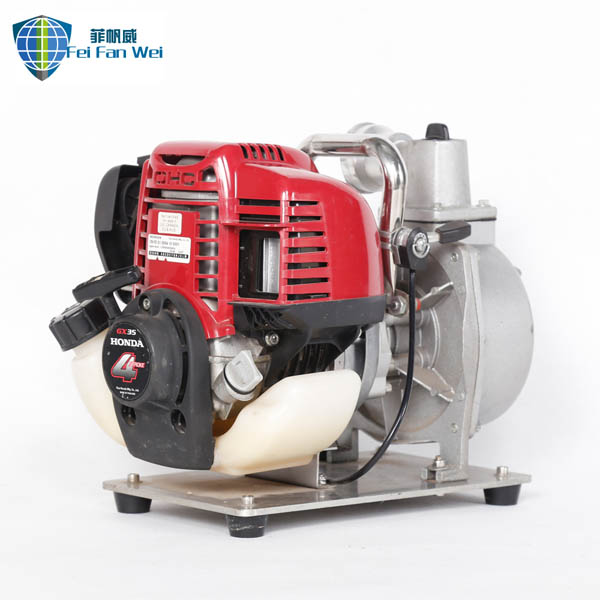
Comparative Analysis (Illustrative):
| Feature/Parameter | FFW Mini Portable Fire Pump (Model FFW-MPFP-250) | Competitor A (Mid-Range Model) | Competitor B (Economy Model) |
|---|---|---|---|
| Engine Power (HP) | 9.0 | 7.5 | 6.0 |
| Max Flow Rate (LPM) | 750 | 600 | 450 |
| Max Head (Meters) | 85 | 70 | 55 |
| Weight (Dry, kg) | 58 | 65 | 50 |
| Corrosion Resistance | Excellent (Stainless Steel/Anodized Aluminum) | Good (Cast Aluminum) | Basic (Painted Cast Iron) |
| Self-Priming Type | Reliable Exhaust Ejector | Water Ring Pump | Manual Priming Assist |
| Fuel Efficiency (L/hr @ max load) | ~1.2 | ~1.5 | ~1.0 (Lower Output) |
| Warranty (Years) | 3 | 2 | 1 |
| Certifications | CE, ISO 9001, NFPA | CE | Basic Compliance |
This comparison is for illustrative purposes. Actual specifications may vary between manufacturers and models.
Our superior build quality, backed by comprehensive certifications and a robust warranty, ensures lower total cost of ownership through extended service life and reduced maintenance requirements. We have been serving critical industries for over 15 years, building a reputation for unparalleled reliability and innovative solutions.
Customized Solutions for Specialized Fire Suppression Needs
Recognizing that standard configurations may not always align with unique operational demands, we offer extensive customization options for our Mini Portable Fire Pump. Our engineering team collaborates closely with clients to tailor solutions that integrate seamlessly into existing systems and address specific environmental challenges.
Customization Capabilities Include:
- Engine Options: Selection of gasoline, diesel, or even electric (battery-powered) prime movers to match fuel availability, emissions regulations, and operational noise constraints. Options include engines compliant with EPA Tier 4 Final / EU Stage V standards.
- Pump Material Modifications: Special alloys (e.g., Duplex Stainless Steel) for highly corrosive or abrasive fluid transfer, or non-ferrous options for specific chemical compatibility.
- Inlet/Outlet Configurations: Adaptable to various hose coupling types (e.g., Storz, NH, BSP, JIS) and sizes to ensure interoperability with existing firefighting equipment.
- Integrated Monitoring Systems: Addition of telemetry, GPS tracking, remote start/stop, and real-time performance diagnostics for fleet management and predictive maintenance.
- Skid Mounts & Enclosures: Custom frames, specialized trailers, or sound-attenuated enclosures for specific transport and deployment requirements, including marine or vehicle integration.
- Foam Proportioning Systems: Integration of automatic or manual foam proportioners for effective Class A and Class B fire suppression.
- Specialty Coatings: Advanced ceramic or polymer coatings for enhanced resistance to extreme temperatures, abrasion, or chemical exposure.
Our partnerships with leading engine manufacturers and material suppliers enable us to provide bespoke solutions that maintain the highest levels of performance and reliability, meeting even the most stringent client specifications. From adapting to extreme climates to integrating with complex industrial control systems, our custom engineering capabilities are a core strength.
Application Case Studies
Real-world scenarios demonstrate the critical value and reliability of our Mini Portable Fire Pump in challenging operational contexts. Here are a few examples showcasing its impact:

Case Study 1: Remote Forestry Fire Suppression (Client: National Forest Service, USA)
Challenge: Initial attack on nascent wildfires in extremely rugged, mountainous terrain, inaccessible to traditional fire trucks. Rapid deployment and sustained operation from natural water sources were crucial.
Solution: Deployment of 50 units of FFW-MPFP-250 pumps. Their lightweight design allowed for transport by small crews to remote ponds and streams. The robust self-priming mechanism ensured quick setup, and the high pressure capability enabled water delivery uphill over significant distances.
Outcome: The pumps facilitated rapid containment of over 30 separate fire incidents within the initial hour, preventing larger conflagrations. Feedback highlighted the pumps' reliability, fuel efficiency for extended operations, and ease of use under strenuous conditions. The Forest Service reported a 15% reduction in average initial attack response time for remote incidents.
Case Study 2: Marine Dewatering & Auxiliary Fire Protection (Client: Major Commercial Shipping Line, Europe)
Challenge: Need for reliable, compact pumps for emergency bilge dewatering and supplementary fire suppression on a fleet of cargo vessels operating in saltwater environments. Space was a significant constraint.
Solution: We provided customized FFW-MPFP-250 units with enhanced marine-grade stainless steel components and specialized anti-corrosion coatings. The compact footprint allowed for easy storage and deployment in critical areas of the ships.
Outcome: The shipping line integrated these pumps into their emergency response protocols. During an accidental ingress of seawater in a cargo hold, one of our pumps rapidly reduced water levels, preventing damage to sensitive equipment. Crew feedback praised the pump’s powerful performance and its resilience to corrosive marine conditions, leading to an additional order for their entire new build fleet. Their safety officer noted a marked improvement in emergency preparedness scores.
Frequently Asked Questions (FAQ)
Q: What types of liquids can the Mini Portable Fire Pump handle?
A: Our pumps are primarily designed for fresh water and saltwater. Depending on the model and specific customizations, they can also handle certain firefighting foams. For aggressive chemicals or abrasive slurries, please consult our engineering team for specialized material configurations.
Q: What is the typical service interval for maintenance?
A: Routine maintenance (oil change, filter check) is recommended every 50-100 operating hours or annually, whichever comes first. A comprehensive service check, including impeller inspection and seal replacement if necessary, is advised every 500 hours or every 3 years. Detailed schedules are provided in the owner's manual.
Q: Are spare parts readily available?
A: Yes, we maintain a comprehensive inventory of spare parts for all our pump models. Parts can be ordered directly through our sales department or authorized distributors. We guarantee availability of critical spare parts for at least 10 years after product discontinuation.
Q: Can the pump operate in freezing temperatures?
A: Standard models are rated for operation down to -10°C (14°F). For colder environments, we offer optional cold-weather packages including heated carburetors, battery warmers, and specialized lubricants, extending operational range to -30°C (-22°F). Proper draining after use in freezing conditions is always recommended.
Lead Time, Warranty, and Customer Support for Fire Pumps
Lead Time & Fulfillment
Standard models of the Mini Portable Fire Pump typically have a lead time of 2-4 weeks from order confirmation to dispatch, depending on current stock levels and order volume. For customized solutions, lead times may range from 6-12 weeks, as these involve specialized engineering and procurement processes. We work diligently to meet urgent requirements and maintain transparent communication regarding delivery schedules.
Warranty Commitments
We stand behind the quality and reliability of our products. Each new FFW-MPFP unit is covered by a comprehensive 3-year limited warranty, protecting against defects in materials and workmanship under normal use and service. Engine components typically carry a separate manufacturer's warranty, usually 2-3 years. Extended warranty options are available upon request for enhanced peace of mind, reflecting our confidence in product durability.
Dedicated Customer Support
Our commitment to our clients extends beyond the sale. We offer world-class customer support, including technical assistance, troubleshooting, and maintenance guidance provided by certified technicians. Our support channels include direct phone lines, email support, and an online knowledge base. Training programs for operational staff and maintenance personnel can also be arranged, ensuring optimal performance and safety of your equipment throughout its service life. We are proud to serve over 500 industrial and governmental clients globally, maintaining a high satisfaction rate for our products and services.
Authoritative References
- International Organization for Standardization (ISO). ISO 9001:2015 - Quality management systems — Requirements.
- National Fire Protection Association (NFPA). NFPA 1901: Standard for Automotive Fire Apparatus.
- Underwriters Laboratories (UL). UL 2775: Standard for Fire Pumps.
- Environmental Protection Agency (EPA). Tier 4 Final Emissions Standards for Nonroad Diesel Engines.
- Journal of Fire Protection Engineering. "Advances in Portable Pumping Technology for Wildland Fire Suppression." (Illustrative academic journal)









